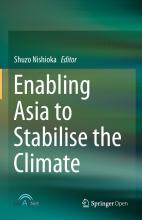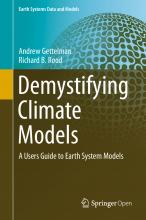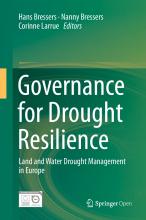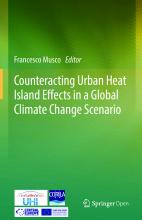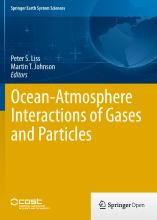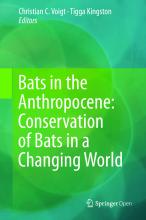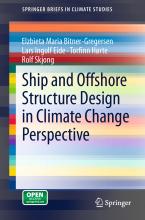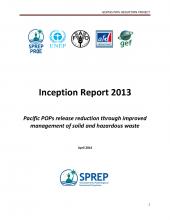Counteracting Urban Heat Island Effects in a Global Climate Change Scenario
Reflect on the present, on the dynamics and the conditions that built it, and look forward at the same time, in search of a prospect to improve the future. Since Howard (18501928) and Geddes (18541932), this has been the dominant logic supporting the work of all those (architects, urban planners, planners, landscape architects, etc.) who grappled with city and territorial management and planning. However, from the 1970s, territorial planning has been confronted with new concepts such as sustainable development, environmental sustainability and social equity and more recently, new challenges such as the ones linked to climate change, which led to the need to redefine territorial planning in disciplinary and operational terms. For some years now, the planners new role is under discussion, especially in relation to the challenges posed by climate change. Sustainability, mitigation, adaptation, renewable energy, low-carbon transition, ecosystem approach and post-disaster planning are just some of the new keywords surrounding the discussion on territorial management and planning. This chapter aims to present rationally, what it means to re-organize and re-think the city, in a long-term perspective. It wants to show how it is possible, and above all is a duty to integrate the new concepts mentioned above in urban planning, to deal with the effects of climate change. The Urban Heat Islands contrast enters fully into the feasible experimentation with appropriate innovations in territorial planning. The paper draws attention to the Italian situation, in the light of the European reference framework.
